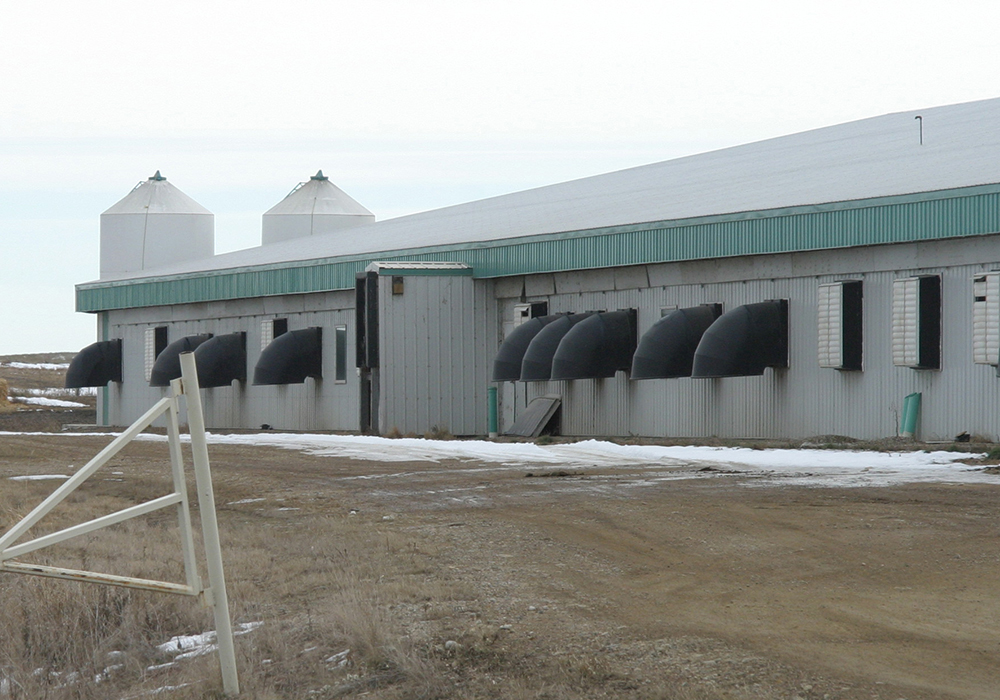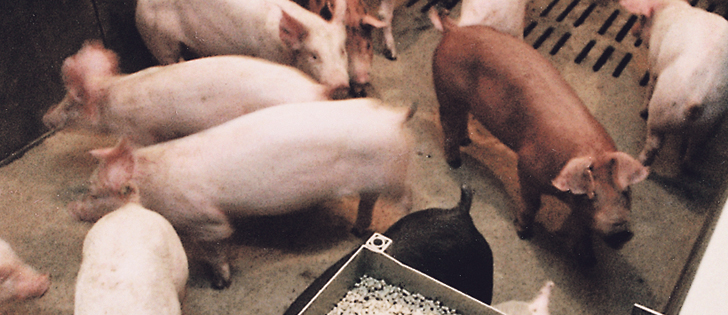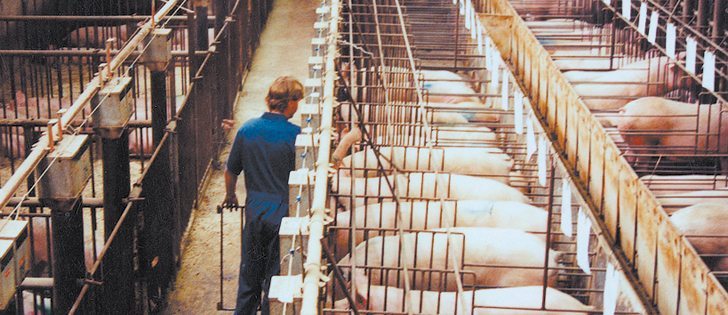Manitoba hog farmers need to spend a lot of money to keep their herds producing millions of pigs, thousands of jobs and supporting a major Manitoba pork industry.
According to a Manitoba Pork Council producer survey, most need to do either a “major retrofit” or a “rebuild” of their facilities in the next 10 years.
“At least three-quarters of the barns over the next decade to 15 years anticipate needing significant investment,” said Grant Melnychuk, Manitoba Pork Council’s lead on industry renewal and government outreach, in an interview at the Manitoba Swine Seminar.
Read Also

Feds propose overhaul of chronic wasting disease control program
Chronic Wasting disease control program getting updated by Canadian Food Inspection Agency with feedback encouraged from producers.
That’s much more than would be expected if there had been steady rebuilding and reinvestment by farmers, but a decade of stagnation from the late 2000s to the late 2010s has left scores of barns decaying and reaching the ends of their design lives.
If the pork industry wants to see hog production remain at present levels or increase to support greater production at Manitoba’s under-used slaughter and pork processing plants, farmers will need to feel confident enough to invest hundreds of millions of dollars in new and renewed facilities.
Approvals for entirely new production facilities are a laborious regulatory process. So are major expansions of existing farms.
Proponents must go through a provincial approval process that involves four government departments, receive a conditional-use permit, hold a public hearing, and receive a municipal permit.
This applies to any expansion that boosts capacity by more than 15 percent. However, for retrofits or minor expansions the process is much easier.
“Producers can do that by simply pulling a building permit with their municipality,” said Melnychuk.
That will still require plans to be reviewed and approved, as well as inspections, but renewal is much less onerous than any greenfield project.
















